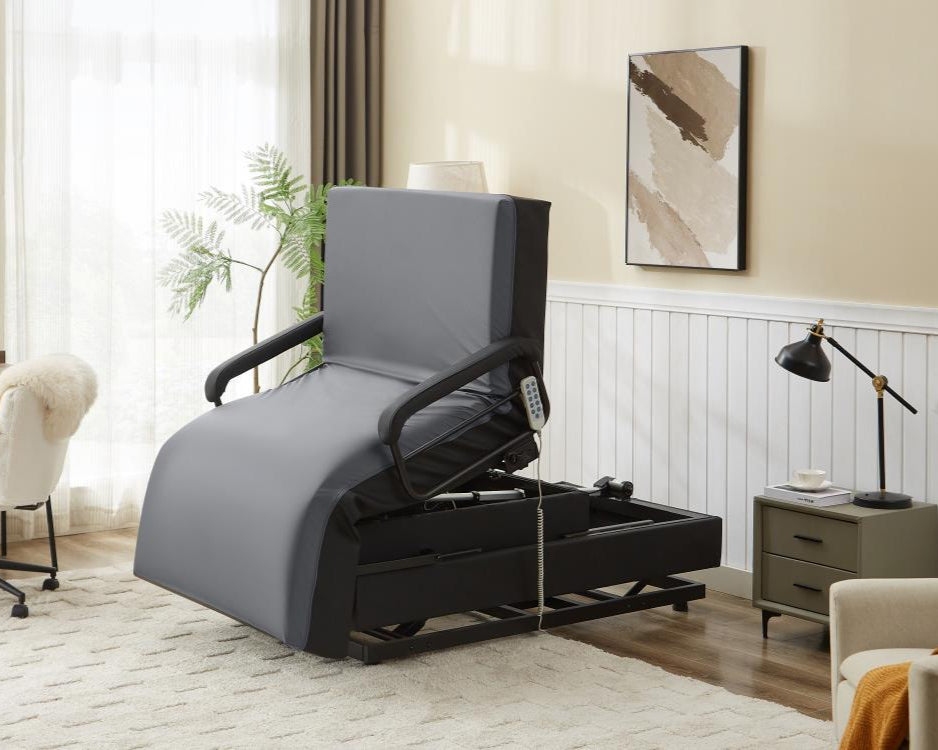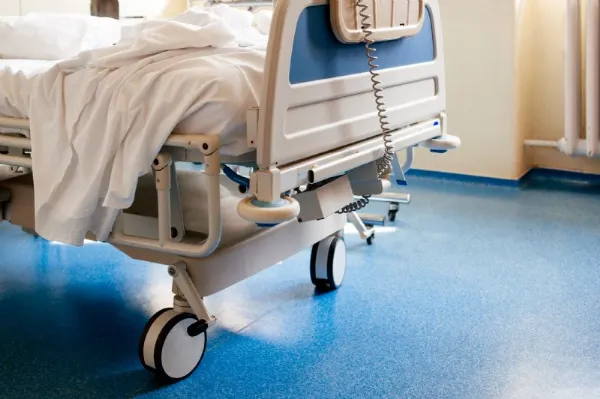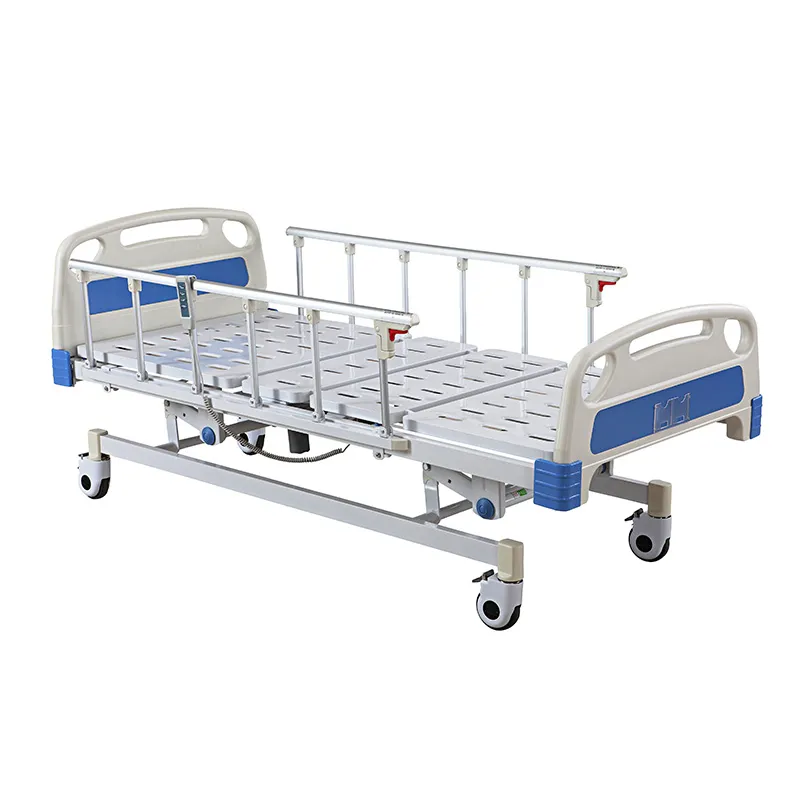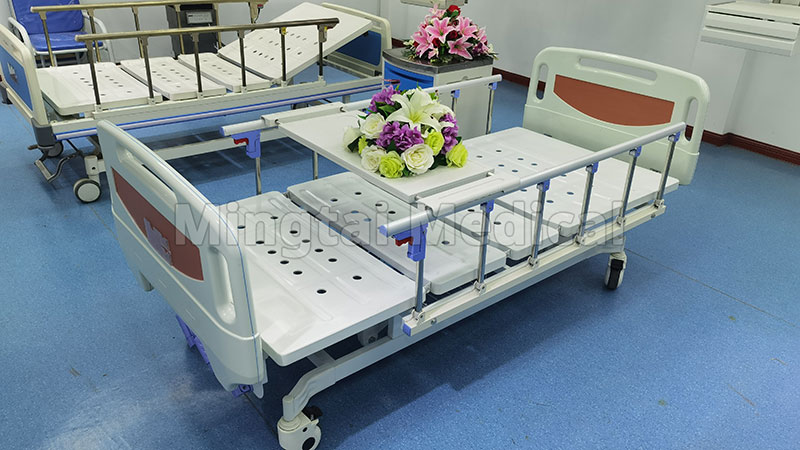Getting My Hospital Beds For Home Use To Work
Table of ContentsFacts About Hospital Beds For Home Use UncoveredGetting The Hospital Beds For Home Use To WorkThe Main Principles Of Hospital Beds For Home Use The Greatest Guide To Hospital Beds For Home UseThings about Hospital Beds For Home UseFascination About Hospital Beds For Home UseThe Buzz on Hospital Beds For Home Use
There are 3 main sorts of medical facility beds: manual, semi-electric, and fully-electric. Even more kinds of clinical beds exist and they are provided below. These beds utilize hand cranks to adjust the bed's elevation and increase and lower the head and the foot. Hand cranks are usually found at the foot of the bed and need a person that is literally capable of operating.
Semi-electric beds have an electric motor to elevate and lower the head and foot parts of the bed. Patients and caretakers readjust the positioning by pressing switches using a hand necklace. The elevation of the bed is adjusted by hand with a hand crank. Full-electric beds have an electrical motor that can raise the head and foot sections of the bed in addition to the whole height and positioning of the bed.
Unknown Facts About Hospital Beds For Home Use
There are a number of types of medical facility beds, each developed to meet details person demands. Below are some typical types: This is the most common kind of medical facility bed, designed for basic clinical use.
Reduced to the ground than a common bed. This type of bed is designed for bigger clients, with a wider structure and greater weight capability than a basic bed.
This type of bed is designed for seriously sick patients that require open monitoring and specialized clinical equipment such as ventilators and mixture pumps. This kind of bed is designed for usage during labor and shipment, with flexible placements and functions to support the mom and infant throughout the birth process.
The Buzz on Hospital Beds For Home Use
Multiple function and the accessories do increasing traction to various components of the vertebra and the extremities without moving the human body. These are just a few examples of the kinds of hospital beds available. The particular kind of bed utilized will depend upon the individual's problem, clinical demands, and various other elements.
Right here is the important things you need to understand. A one-function healthcare facility bed is a clinical bed that permits a patient to move only the head or foot area up or down. A 2 feature health center bed generally describes a kind of clinical bed that has two adjustable functions to aid patients in medical facilities or care facilities.

The smart Trick of Hospital Beds For Home Use That Nobody is Talking About
A 7-function ICU bed is a sort of clinical bed that gives a number of adjustable features to sustain seriously sick patients in an extensive care device (ICU) (hospital beds for home use). The seven features normally include: Backrest change: The backrest can be gotten used to various angles to aid the individual sit up or rest comfortably
Elevation modification: The bed can be elevated or lowered to make it much easier for individuals to enter and out of bed, and for caregivers to give treatment. Trendelenburg setting: The whole bed can be tilted to promote blood circulation and blood circulation in the body. Reverse Trendelenburg position: The bed can likewise be slanted in the contrary direction to promote blood flow and flow in the top body.
While even more inexpensive than electric designs, these beds need exertion for changes. The primary advantages of manual beds are their cost and dependability, as they do not depend on power. However, the need for manual effort can be a limitation in situations where quick adjustments are necessary or where caregivers face physical challenges.
Getting My Hospital Beds For Home Use To Work
They are appropriate for clients that need minimal rearranging for comfort or medical requirements. Semi-electric hospital beds use a balance of guidebook and electric controls. The head and foot sections are generally readjusted with electric controls, while the elevation is adjusted by hand. These beds offer a perfect center ground between guidebook and fully electrical options, using ease of usage without the complete cost of electrical models.
Semi-electric beds are appropriate for people that need modest adjustments to the head and foot sections however can take care of without frequent height modifications. This makes them a cost-effective service for those looking for convenience and convenience without the need for continuous repositioning. Completely electrical hospital beds feature electrical controls for seamless adjustments to the height, head, and foot sections.
Specialty medical facility beds, such as ICU beds, long-lasting treatment beds, and bariatric beds, are meticulously designed to address particular medical requirements. These beds supply customized take care of varied patient groups, improving both results and comfort. In the adhering to find areas, we will check out the primary kinds of specialized healthcare facility beds, describing their certain advantages and applications.
With years of experience in manufacturing electrical linear actuators read here - hospital beds for home use and close cooperation with the healthcare industry, TiMOTION is well-positioned to offer reliable health care options. Our up and down integrated business handles every action of the production process, from design to actuator setting up, ensuring we supply exceptional value and customized remedies customized to your particular needs
The 3-Minute Rule for Hospital Beds For Home Use

To get more information regarding integrating these technologies into your products, call us today. Further analysis:.
Information is sourced from the Medicare Price Report.

Getting My Hospital Beds For Home Use To Work
A health center bed is a bed developed specifically for medical purposes. It is not just an area for patients to rest, yet additionally a platform for medical operations. Unlike average home beds, health center beds typically have adjustable functions, which can assist in clinical staff to make different changes according to the demands of patients, such as transforming the height, inclination, and assistance angle of the back and legs of the bed.